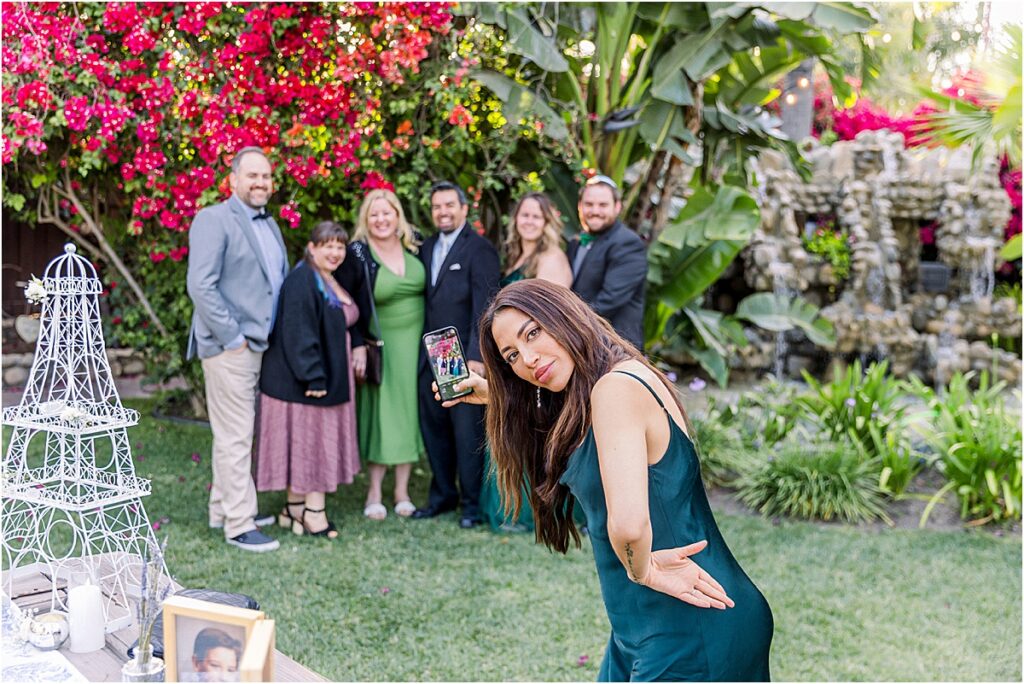
If in recent years you have bought yourself a new phone, then you’ll know just how good the cameras are! Every year new phones are being released and each time, one area that is guaranteed to be upgraded is the camera. And it’s no surprise when so many people like to post photos on social media channels like TikTok, Instagram and Facebook – the cameras are so good that you can also use your photos for your blog articles if you run your own online magazine.
DSLRs will always be better, but they come with a cost, so if you are thinking about getting into photography, you can either opt to buy a second-hand cheap DSLR, or you can start by using your phone camera and getting to know the settings. Most modern-day phones will allow you to frame and balance shots, you can attach them to tripods and adjust the exposure, as well as download high-level editing apps. When storing your photos, make sure to back them up in a safe location and use protective software to prevent phone hacking.
Keep on reading to learn more about our tips for using your phone for photography. Hopefully, we can give you some inspiration to go out and improve the photos that you are currently taking!
Frame your shots
On your phone, you will be able to go into your settings and select the grid option. The grid will help you frame your shots, allowing for a more consistent shoot. When framing, try to apply the rule of thirds. The rule of thirds is when you use the grid lines to divide your image into nine equal parts using two horizontal and two vertical lines. When taking your photos you will aim to place key parts of your subject along these lines or at their intersections to create a more balanced and engaging composition. There are plenty of videos on YouTube that you can use that will help describe this process in better detail.
Consider your lighting
Lighting plays a big role in how an image is presented. Using too much light and an image can look overblown, not enough light and it can be too dark, not showing enough detail. When using lighting, you should try and use as much natural light as possible as when editing it’s easier to take away light than add it. If you don’t have enough natural light, then turn to studio lighting as an alternative. Depending on the style of photography that you are doing, lighting can have a big impact on the athletics of a shot – gothic photos will use more darkness, whereas, landscape photography normally uses more light.
Use a tripod
Tripods are great as they improve the stability of your photos, they can improve the quality as you will be able to focus better and they allow hands-free shooting. Modern phones can be attached to tripods, so if you are trying to improve your photography, you should think about investing in one. Depending on how seriously you are going to take your photography, the price of a tripod can range from entry affordable to expensive. The location of your shoot will help you decide on the type of tripod you should be using.
Learn your camera features
When you have a moment to yourself, have a play around with your mobile phones camera settings to get used to the different modes it has. On an iPhone, you can turn on portrait mode which allows you to switch between natural lighting, studio lighting, contour lighting, stage lighting, stage light mono and high-key light mono. Each of these settings gives you different controls and styles of shooting. Android phones have similar settings that you can use and get used to. The more you play around with the different features your phone camera has, the more you will learn to take different types of photos.
Edit your photos
There are so many amazing photo editing apps that you can use on your mobile to edit your photos after you have taken them. Whenever you see a professional photo, on the web, on Instagram or in a gallery, it will be very rare that they haven’t been touched up and edited. In most cases, photographers will take their photos in RAW format, this way they can touch them up afterwards, to ensure they are the best they can be. Popular photo editing apps include Snapseed, Photoshop, Canva, VSCO, Pixrl and Adobe Lightroom. Which app you use depends on your own preferences.